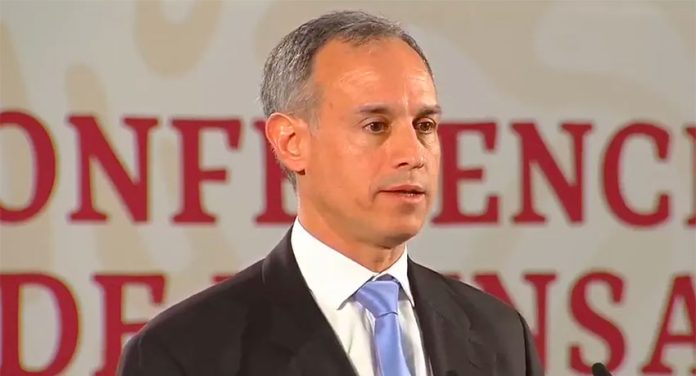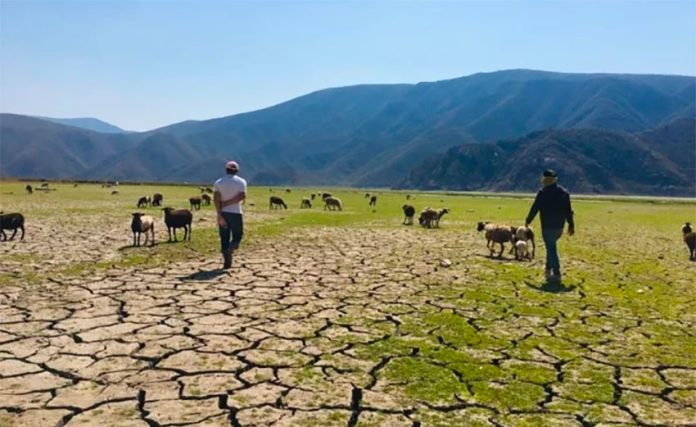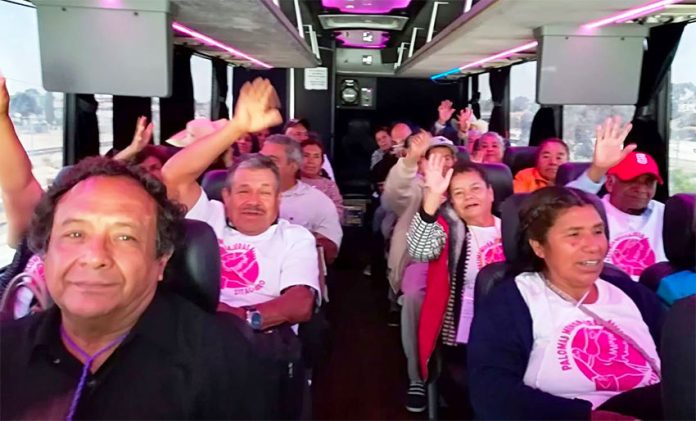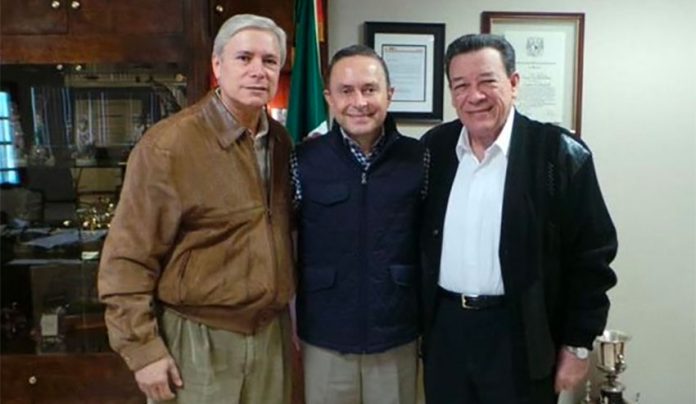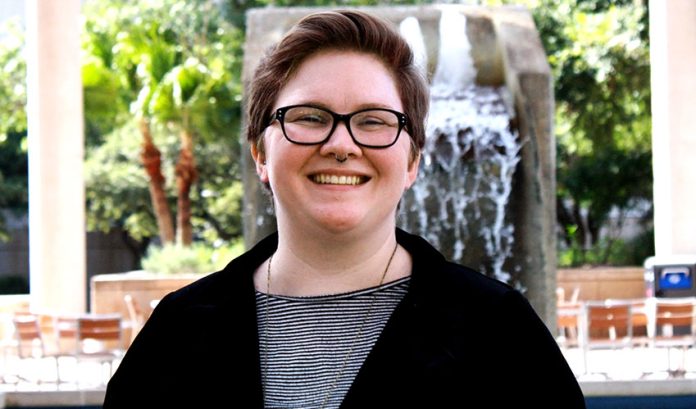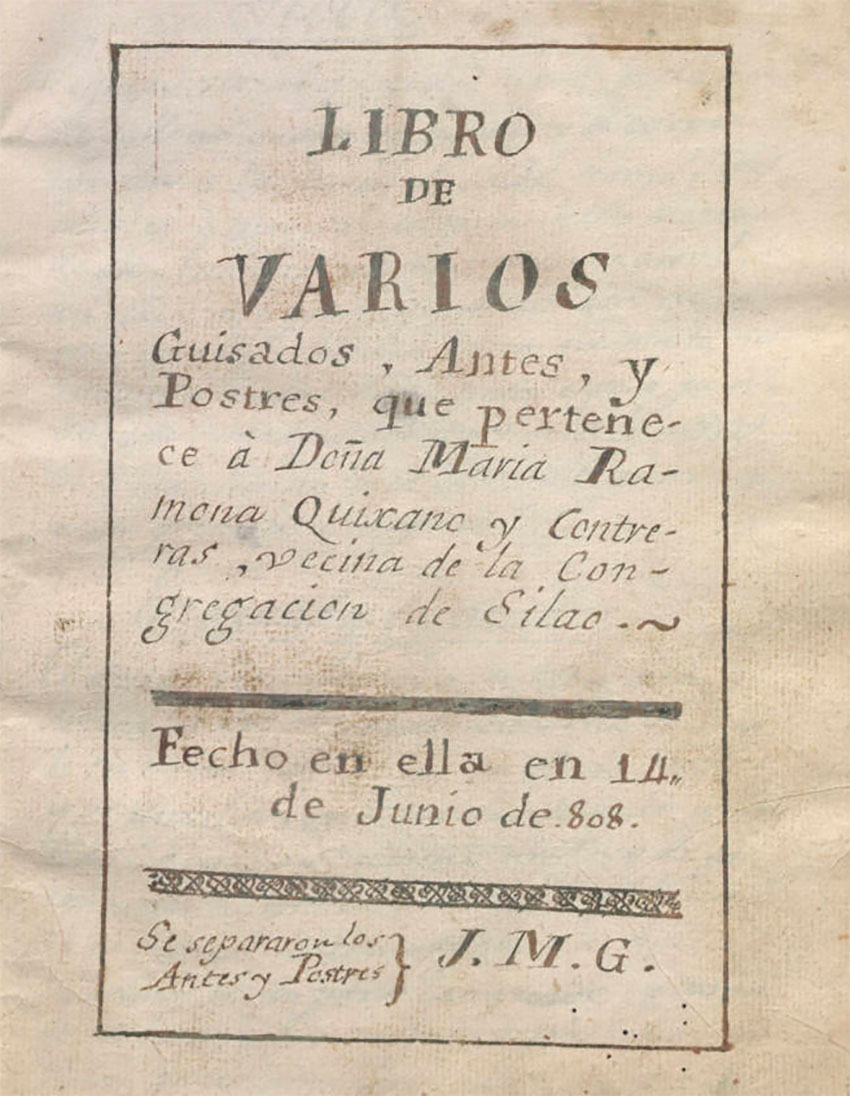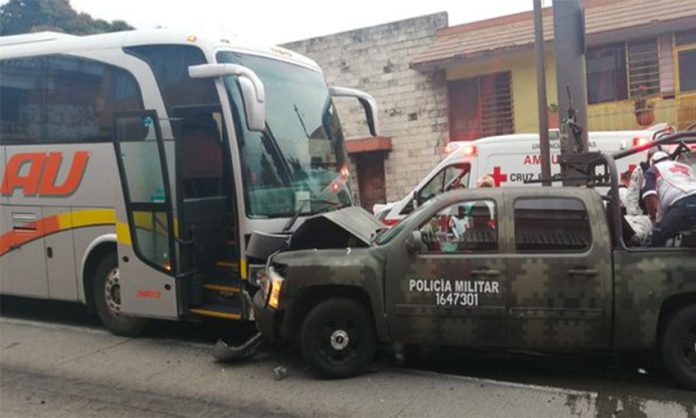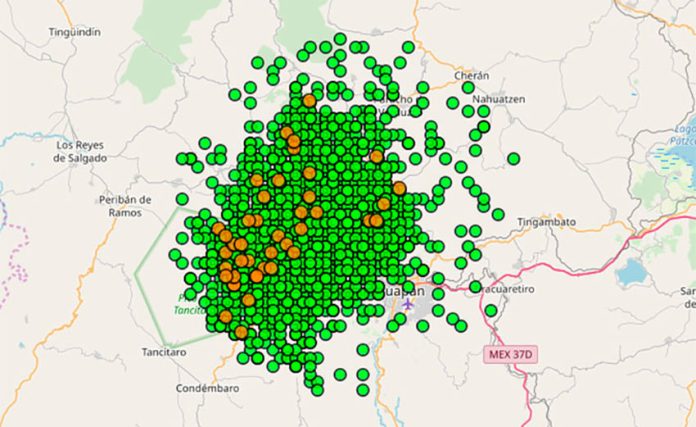A cruise ship carrying a person with flu-like symptoms has been allowed to dock at Cozumel, Quintana Roo, after being denied access to the port on Wednesday.
The crew member is said to have a case of influenza A virus contracted in the Philippines, but fears of the coronavirus known as Covid-19 caused ports in Jamaica and the Cayman Islands to deny the ship permission to dock.
The Meraviglia arrived off the coast of Cozumel around 9:30 p.m. on Wednesday and was denied permission to dock after a series of back-and-forth decisions by Mexican authorities.
Quintana Roo Governor Carlos Joaquín González announced the decision in a tweet just before 11:00 p.m. on Wednesday.
“If there is a health risk, there will be no authorization for disembarkation,” he tweeted.
The ship therefore spent the night anchored three kilometers offshore, but was finally allowed to dock around 7:00 a.m. on Thursday. Mexican health authorities boarded the ship to examine the patient.
Despite statements from Quintana Roo Health Minister Alejandra Aguirre Crespo that the case is not one of Covid-19, a group of about 10 people gathered at the wharf in Cozumel on Wednesday to demand that the ship not be allowed to dock out of fear of health risks.
The operator of the Meraviglia, MSC Cruises, expressed its disagreement with the decisions not to allow the ship to moor, claiming that they were made out of fear rather than empirical evidence.
“The crew member was diagnosed with the seasonal flu and is in stable condition. … As a precaution, he was isolated from other crew members and passengers from the moment he showed symptoms and will continue as such until he recovers completely. No other cases of influenza A have been reported aboard the MSC Meraviglia,” it said in a statement.
The cruise liner is carrying 4,500 passengers and 1,500 crew members. None have been allowed to disembark. Health experts are expected to report the results of their examinations at 2:00 p.m. on Thursday and decide whether to allow those aboard to come ashore.
President López Obrador told his Thursday morning press conference that the country’s ports would not be closed out of fear of the coronavirus, calling the move inhumane.
“If there is a case [of coronavirus], we’ll take care of it. We have information that the possibility does not exist. We cannot act in an inhumane way. There are protocols to carry out, but it’s not a case of ‘You can’t dock here.’ We cannot act like that,” he said.
He called the decision to treat the sick crew member “a matter of humanitarianism,” adding that “the regrettable truth is that there are attitudes of rejection.”
Sources: El Heraldo de México (sp), Noticaribe (sp), El Financiero (sp)

